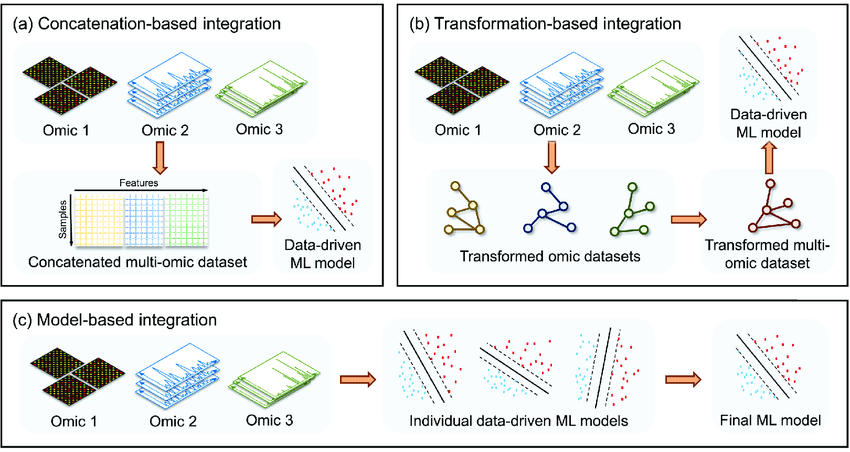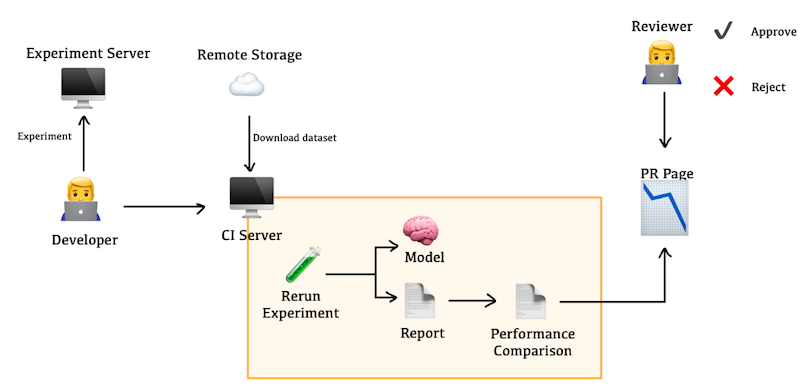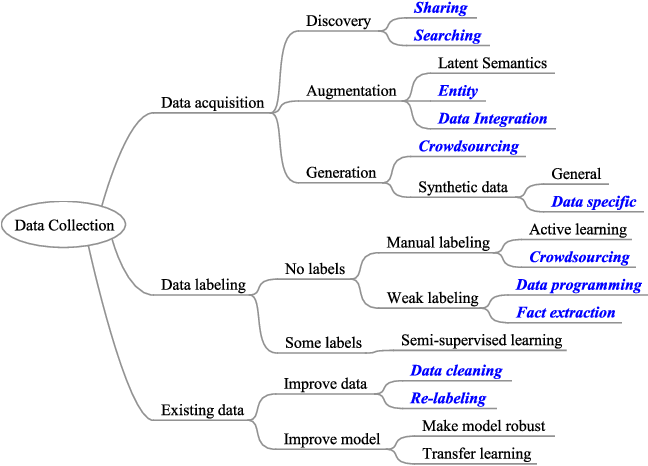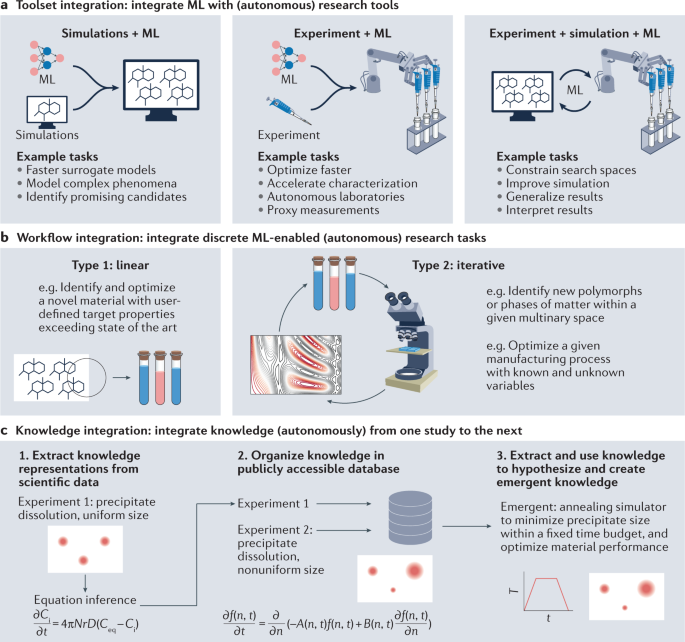Comments
- No comments found

Machine learning has been hailed as a game-changing technology that has the potential to transform the way businesses operate.
Despite its potential benefits, many organisations are still hesitant to implement it. One of the most difficult challenges is integration, as machine learning often requires the integration of multiple technologies and systems. In this article, we'll examine the barriers to machine learning adoption and how businesses can overcome the integration conundrum.

One of the main barriers to machine learning adoption is the complexity of integration. Machine learning often involves the integration of various technologies, systems, and data sources. This can be a challenging and time-consuming process that requires specialized skills and expertise.
Integrating machine learning into existing business processes can be a daunting task for many organizations. For instance, companies may have different databases or data sources, making it challenging to combine all the necessary information. Machine learning algorithms require large volumes of high-quality data to produce accurate predictions, which means that integrating data from various sources is a necessary part of the process.
In addition, machine learning may require the integration of different technologies and systems, such as cloud computing platforms, data storage, and data processing tools. These technologies can be complex and may require specialized knowledge and expertise to integrate effectively.
For example, if a company wants to implement machine learning to optimize its marketing campaigns, it may need to integrate data from various sources, such as customer demographic data, transactional data, and social media data. The company may also need to integrate different marketing tools, such as email marketing software, social media management platforms, and customer relationship management systems. Integrating all of these data sources and technologies can be a significant challenge, especially if the company lacks the necessary skills and expertise.
Moreover, even if a company successfully integrates all the necessary data sources and technologies, it still needs to ensure that the data is of high quality and free from errors or biases. Integrating data from various sources can result in data inconsistencies, which can lead to inaccurate predictions and unreliable insights. Therefore, data integration and quality assurance are crucial steps in the machine learning integration process.
In order to tackle the complexity of integration, companies can seek the help of experts in the field or partner with third-party service providers that specialize in machine learning integration. These experts can provide the necessary skills and expertise to ensure that the integration process is smooth and successful. Additionally, companies can invest in training their employees to acquire the necessary skills and knowledge to handle machine learning integration projects in-house.

Another main challenge to integration is the lack of standardization. Different technologies and systems may use different data formats and structures, making it difficult to integrate them seamlessly. This can result in data inconsistencies and errors that can affect the accuracy and reliability of machine learning models.
The lack of standardization is a significant challenge for businesses looking to adopt machine learning. Different technologies and systems may use different data formats and structures, making it challenging to integrate them seamlessly. For example, one system may use JSON while another system may use XML. This creates a compatibility issue that needs to be addressed before data can be integrated.
Moreover, the lack of standardization also affects the quality of the data being used in machine learning models. Inconsistent data structures can lead to data inconsistencies and errors that can affect the accuracy and reliability of machine learning models. For instance, consider a company that wants to use machine learning to predict customer churn. The company's data sources may include customer data from different systems, such as CRM, sales, and marketing. If the data structures are inconsistent, the machine learning model may not be able to accurately predict customer churn, leading to incorrect decisions and lost revenue.
To address this challenge, businesses can create standardization processes and guidelines for data integration. This involves establishing data standards and formats that all systems and technologies must adhere to when exchanging data. Standardization helps ensure data consistency and accuracy and makes it easier to integrate different technologies and systems. Additionally, companies can use data integration platforms that support multiple data formats and have built-in data transformation capabilities to convert data from one format to another.

The cost of integration is another significant barrier to machine learning adoption. Integrating various technologies and systems can be expensive, especially if it requires custom development or third-party tools. This can be a major challenge for small and medium-sized businesses with limited resources.
Integrating different technologies and systems can be an expensive and time-consuming process, and the cost can be a major barrier to machine learning adoption for many businesses. This is particularly true for small and medium-sized businesses (SMBs) with limited budgets and resources. The cost of integrating different systems and technologies may include licensing fees, hardware and software costs, developer salaries, and training costs.
For instance, a company may need to purchase additional software to integrate their existing systems with a machine learning platform, and this can be expensive. In addition, custom development work may be required to integrate different systems, and this can also be costly. Companies may need to hire specialized developers with experience in integrating different technologies, and this can add to the cost.
Moreover, integrating machine learning models into existing systems can also require changes to the existing infrastructure, which can further increase costs. For instance, a company may need to upgrade their hardware to support the processing requirements of a machine learning platform, which can be expensive. Additionally, training employees to use the new systems and technologies can also be a costly process.
The cost of integration can be a significant barrier to machine learning adoption, especially for SMBs with limited resources. Companies need to carefully evaluate the costs involved in integrating different systems and technologies before making a decision to adopt machine learning.

Dilemma To overcome the integration dilemma, businesses need to take a strategic approach to machine learning adoption. This involves identifying the specific use cases and business problems that machine learning can address, as well as the data sources and systems that need to be integrated.
Integration is a major challenge to machine learning adoption. However, by taking a strategic approach and investing in the necessary resources and expertise, businesses can overcome the integration dilemma and realize the full potential of machine learning. By doing so, they can gain a competitive advantage and drive innovation in their industry.
In order to overcome the challenges of integration, businesses can take a few strategic steps. The first step is to identify the specific use cases and business problems that machine learning can address. This involves a thorough analysis of the business processes and workflows, as well as the data sources and systems that need to be integrated.
Once the use cases have been identified, the next step is to assess the existing systems and technologies in place. This involves evaluating the data sources and their quality, as well as the compatibility of existing systems with the machine learning algorithms and models. This assessment helps to identify any gaps or areas that require improvement.
The third step is to invest in the necessary resources and expertise. This includes hiring data scientists, machine learning engineers, and other specialized personnel who can manage the integration process and develop machine learning models. It also involves investing in the right tools and technologies, such as data integration platforms and cloud services that can help streamline the integration process.
Another important step is to establish data governance policies and protocols. This includes defining data quality standards, data privacy and security protocols, and establishing data ownership and access rights. These policies and protocols help to ensure that the integrated data is accurate, consistent, and secure, and that it can be used effectively by machine learning models.
Businesses also need to continuously monitor and evaluate the performance of their machine learning models and integration processes. This involves setting up metrics and performance indicators that can measure the effectiveness and impact of machine learning on business outcomes. This monitoring helps businesses to identify any areas for improvement and to make necessary adjustments to optimize their machine learning models and integration processes.
Integration is a significant barrier to machine learning adoption, but it is manageable with a strategic approach and investment in the necessary resources and expertise. Businesses can successfully integrate machine learning into their operations and gain a competitive advantage in their industry by identifying specific use cases, assessing existing systems and technologies, investing in the right resources, establishing data governance policies, and monitoring performance.
Leave your comments
Post comment as a guest